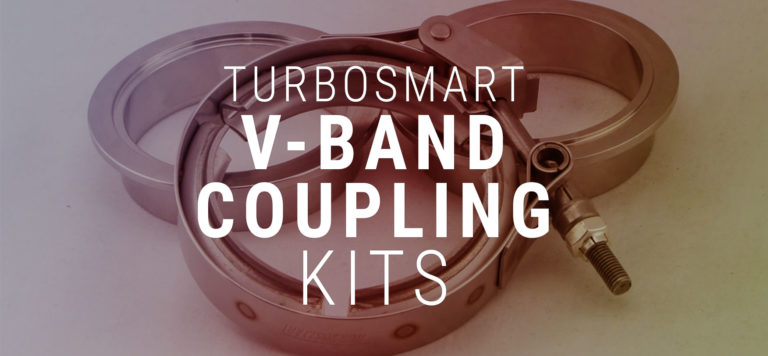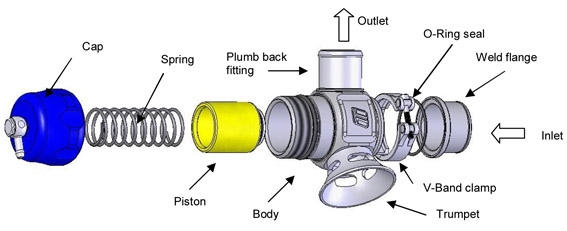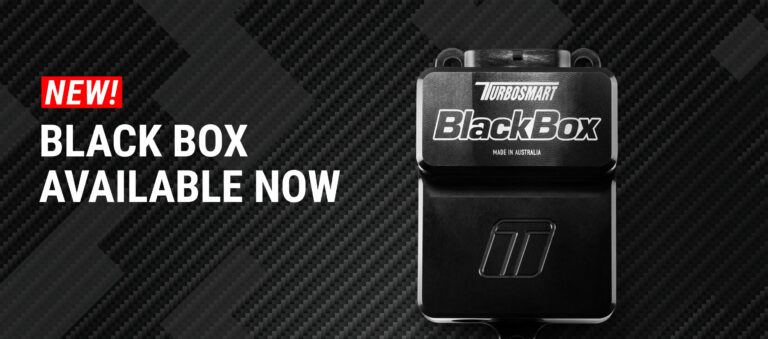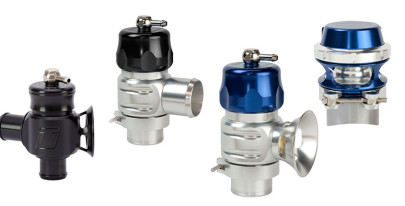
What is a Blow Off Valve?
A blow off valve (BOV) is a device that helps regulate pressure in an engine by allowing air to escape when needed. By doing so, it prevents damage to the engine and helps keep it running smoothly. Blow off valves are often used in turbocharged engines, as they can help prevent “boost creep” (when too much boost pressure builds up in the engine).
Blow off valves are typically located between the air intake and the throttle body. When the throttle is closed, the pressure in the intake manifold can increase, causing the blow off valve to open and release some of the pressure. This helps to prevent boost creep and keeps the engine running smoothly.
While blow off valves are not required for all engines, they can be a worthwhile addition for engines that are subject to high levels of stress (such as turbocharged engines). By helping to regulate pressure, blow off valves can help extend the life of your engine and keep it running at its best.
Laying Some of the Most Common Misconceptions to Rest
Turbosmart was built upon the blow off valve (BOV ), also known as the diverter valve). It was the first product we ever made. Since then, we have been endlessly working to improve and perfect it. As a result, we’ve learnt a thing or two over the years, and we want to put some of the most common misconceptions to rest.
1. Cars Don’t Have Blow off Valves From Factory, So I Don’t Need One
Cars not having blow off valves may have been true back in the early days of turbo vehicles. At the time, most factory turbo cars did not come with a factory blow-off valve. However, these early turbo cars were also running relatively low boost levels.
Today, most modern turbocharged cars do have a blow off valve from the factory. However, it recirculates the vented air, so it doesn’t give the characteristic sound of a vent-to-atmosphere blow off valve. Recirculating BOVs are sometimes called bypass valves (BPVs). Nevertheless, standard BOVs/BPVs are often very basic. Additionally, sometimes BOVs/BPVs are made of plastic, suffer from inadequate valve response, and do not cope well with increased boost levels.
However, it is essential to note that these cars run blow off valves to prevent compressor surges, leading to the next misconception.
2. Turbo Flutter is Harmless
That fluttering noise that some turbocharged cars make when the throttle is suddenly closed, such as during gear changes, results from a compressor surge.
It’s a reasonably complex phenomenon which we explain in far more detail here. In short, flutter is the sound of a turbocharger trying to push air. However, failing due to closed throttle. Therefore, it dramatically increases the load on the bearings of the turbo.
If it occurs at higher engine loads or boost levels, it can cause premature wear to your turbo. To sum up, a BOV prevents turbo flutter by venting the air pressure that causes surge.
3. Blow off Valves Only Vent to The Atmosphere
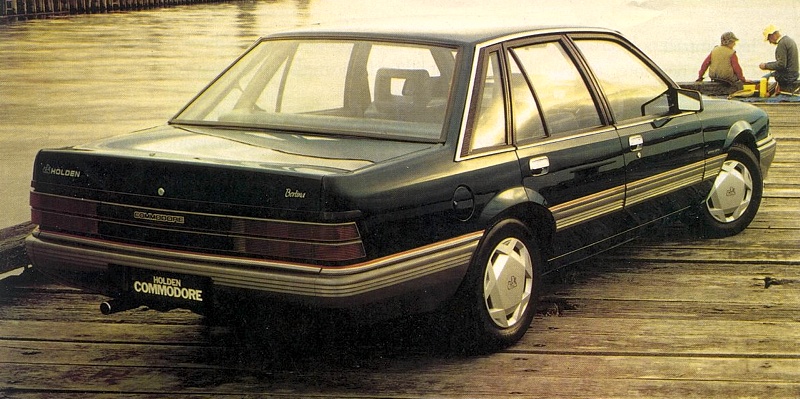
This misconception is likely because of the characteristic sound of a blow off valve, which is that a vent-to-atmosphere valve creates loud, sharp “Pssh”. Recirculating or plumb back valves exist and are very popular; however, you don’t hear them. As mentioned above, most modern factory turbo cars have a recirculating blow-off valve as standard.
Turbosmart manufactures high-performance aftermarket recirculating blow-off valves as well as the more noticeable vent-to-atmosphere versions.
Our Dual Port valves feature a split between recirculating and atmospheric operation. Therefore, Turbosmart Dual Ports provide quiet, computer-friendly operation on low boost. In contrast, that classic vent-to-atmosphere sound at a more significant boost. Our Type 5 Dual Port even lets you switch between fully vent-to-atmosphere, fully recirculating, or a mix of both as you wish. They are explained here in more depth.
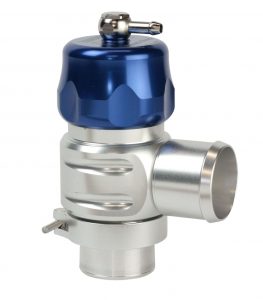
4. A BOV is the Cause of a Boost leak if it Leaks in a Smoke Test
Smoke tests are often used to diagnose boost leaks by pressurizing the turbo system with smoke. Additionally, observing where the smoke is escaping can help pinpoint the source of the leak. However, it’s important to remember that this test does not replicate actual driving conditions.
Typically in a smoke test, the BOV is pressurized through the plumb back port, which never happens when driving. This means air can leak out of areas that wouldn’t be sealed under normal operating conditions.
Another form of test which is not an accurate means of testing for boost leaks is the soap test. A soap test is similar to a smoke test, except soapy water is sprayed on the BOV and around the turbo system. If there are any leaks, bubbling will occur. However, this test is inaccurate because it does not consider the pressure differential between the atmosphere and the turbocharger.
Overall, neither of these methods is an accurate way to diagnose boost leaks. The best way to test for boost leaks is through a pressure test, which can be conducted with a hand-held vacuum pump or a professional dyno machine.
5. A Blow off Valve Needs an O-ring to Seal
Some aftermarket blow off valves require a rubber O-ring to seal the piston with the valve body. It is further preventing leakage, which will perish or become displaced over time. That means the valve will have to be disassembled and that tiny O-ring replaced to ensure it continues operating as it should. Turbosmart’s blow off valves are precision machined to mere fractions of a millimetre to ensure they seal without the need for a delicate rubber O-ring. This makes them much more durable.
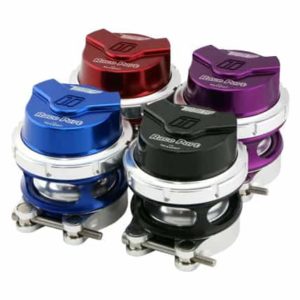
Why you may want to Consider Installing a Blow Off Valve
If you’re thinking about installing a blow off valve on your car, there are a few things you should know first. Here are the key takeaways:
1. Blow off valves can improve your car’s performance by allowing air to flow freely through the engine.
2. They can also make your car louder, so be prepared for some extra noise.
3. Installation is typically not too difficult, but it’s always best to consult a professional before making any modifications to your car.
4. Be sure to choose a high-quality blow off valve that is compatible with your car model to avoid any potential problems.
With these things in mind, you’ll be able to make an informed decision about whether or not a blow off valve is right for you. If you are still unsure whether or not to install a BOV, you can consult with one of our technicians, who will be able to further assist you.
Here is a handy self-help guide to helping you with your Turbosmart install and answers to some of the most frequently asked questions we get here. Turbosmart recommends that you get your products fitted and tuned by a qualified technician. If you choose to install the product yourself, ensure you have all the necessary tools and technical knowledge to perform this task.
Thank you for picking up the latest Turbosmart catalogue. As we look back on 25 fantastic years of innovation and growth, we continue to look towards the future as we release some revolutionary new products that will cement our reputation as innovators and market leaders.
Please contact us here and fill out a quick form so that our team can efficiently help you!
Custom setup and need advice?
Find products to suit your car
ProPort Features & Benefits
Engineered to Win!
ProPort by Turbosmart is a 54mm (2.13in) Blow Off Valve with a tiny footprint and massive flow.
Turbosmart BOV Range
Engineered to Win!
Turbosmart has manufactured the Blow-off Valve (BOV) Range with a focus on performance and reliability.
How to Adjust Your BOV or BPV?
Engineered to Win!
Each Blow Off Valve (BOV) or Bypass Valve (BPV) needs to be adjusted to suit the vehicle it is mounted on.
BOV5 Range Features & Benefits
Engineered to Win!
Designed for high flow and performance. The BOV5 from Turbosmart is well suited for both street and race vehicles.
BOV Range Rubber O-ring
Engineered to Win!
Designed for high flow and performance. The BOV5 from Turbosmart is well suited for both street and race vehicles.

